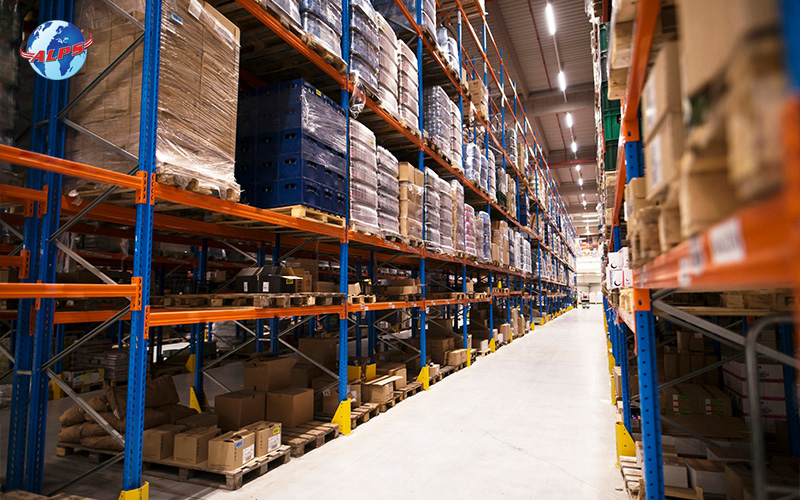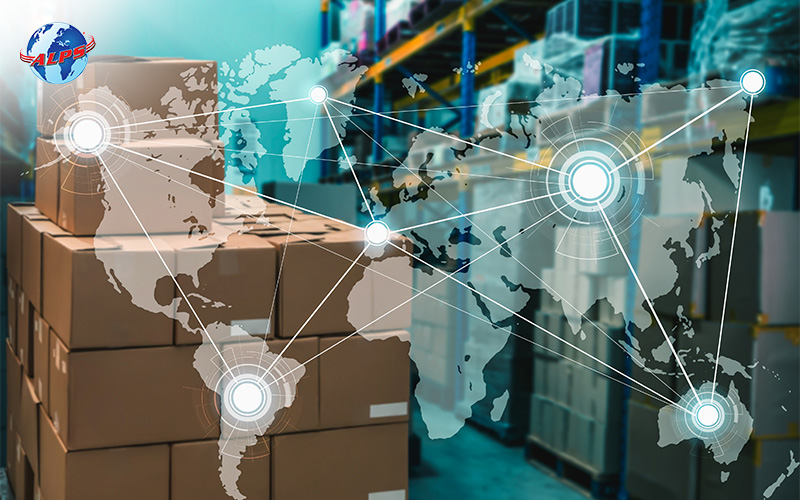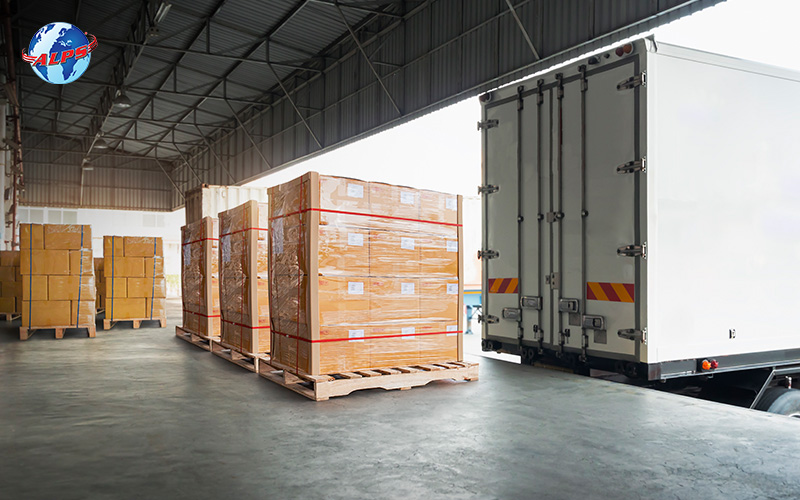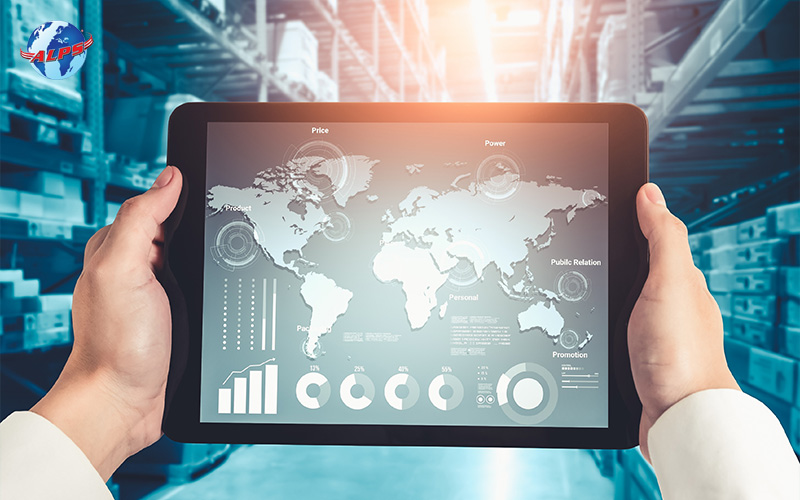Key Takeaways
- Growing businesses must adopt a more proactive shipping strategy that includes scheduled planning and long-term freight partnerships.
- Reassessing container usage and choosing the right mix of freight options helps balance cost, speed, and cargo protection.
- Using freight tech tools like tracking systems and warehouse software improves visibility and control at scale.
As your business expands, what worked when you were handling smaller orders or managing occasional exports may no longer be sufficient. You might find yourself facing unexpected delays, rising logistics costs, or even unhappy customers if you do not adapt to the growing logistical needs of your business. That is why it is essential to rethink your shipping strategy as early as possible.
For companies in Singapore, growth often means more cross-border trade, higher order volumes, and tighter delivery timelines. Whether you are shipping regionally or globally, updating your logistics approach can help you stay competitive and keep your operations running smoothly.
Here are some key considerations when scaling your freight shipping operations.
1. From Ad-Hoc to Strategic Planning

Startups and small businesses often handle shipments as they come, booking space on vessels or planes only when orders are ready. However, this approach may not be efficient as volume increases. To keep up with demand, you may want to move away from a reactive shipping strategy.
This means planning your shipping cycles in advance. By forecasting demand and scheduling shipments ahead of time, you can secure space early, especially important during peak seasons or for popular freight options like sea freight routes to major ports in Malaysia, Indonesia, or China.
It also helps to build long-term relationships with reliable freight service providers, such as ALPS Global. These partnerships can give you access to better rates, priority bookings, and dedicated customer support. The more predictable your shipments become, the easier it is to manage stock levels, delivery lead times, and customer expectations.
2. Consolidation or Full Load? Reassessing Your Container Usage
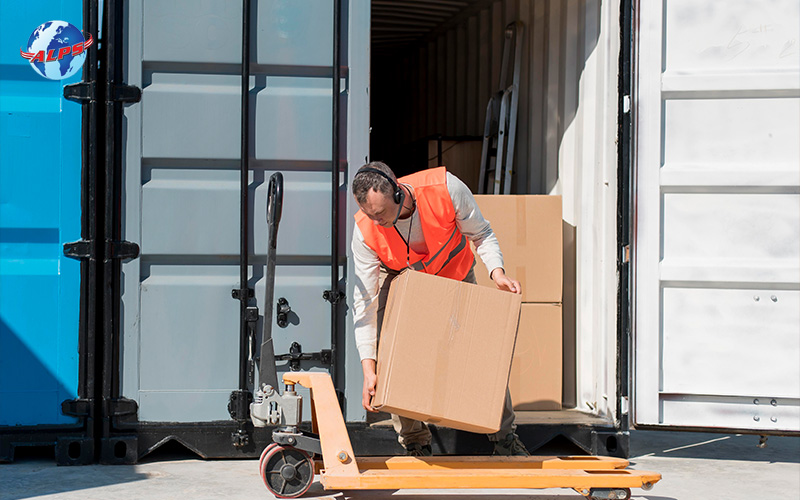
As your business grows, so does your container usage. Many SMEs in Singapore begin with LCL (Less-than-Container Load) freight, which is suitable for small and irregular shipments. But if your order volume increases, sticking with LCL can result in higher per-unit costs, longer wait times, and a higher risk of cargo damage due to multiple handling points.
At some point, it makes more sense to switch to FCL (Full Container Load). With FCL, you gain better control over your shipments, reduce the chances of damage, and improve delivery timeframes. More importantly, the cost per unit often decreases when spread across a full container.
Reassessing how you use container space is an important part of your shipping strategy that can significantly improve both operational efficiency and your bottom line.
3. Choosing the Right Freight Mode: Air vs. Sea vs. Multimodal
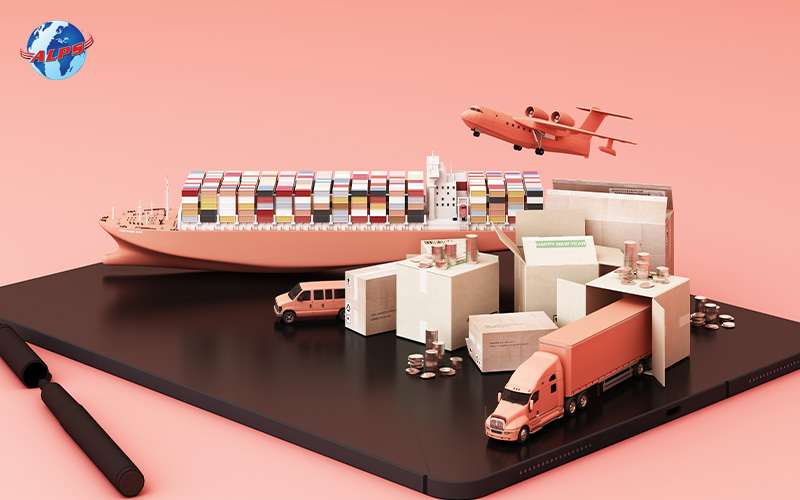
As your shipping needs evolve, so too should your choice of transport. Many businesses stick to a single mode, such as air freight for speed or sea freight for volume, but this may no longer be practical or cost-effective at scale.
Instead, consider a multimodal approach. For example, urgent deliveries can continue to move via air freight, while bulk shipments are better handled through sea freight to reduce costs. You could even explore rail or road options for cross-border deliveries within Southeast Asia.
Choosing the right freight options helps balance cost with delivery time. It also allows you to adjust to changing market conditions, such as port congestion or fuel price fluctuations, without disrupting your entire shipping strategy.
4. Automation, Tracking & Freight Tech Tools
With higher order volumes comes greater complexity. Manual processes and spreadsheets that once worked may now be outdated, causing bottlenecks or expensive errors. To manage your growing logistical operations, you need the right freight tech tools.
Real-time shipment tracking, for instance, gives you better visibility, allowing you to spot delays early and keep customers informed. Warehouse management systems help streamline picking, packing, and stock control. Route optimisation software improves delivery planning and cuts down on transport time.
These technologies do more than just speed up operations; they also provide the data you need to make smarter decisions. For example, identifying patterns in delivery delays or fuel costs can help you adjust routes, timing, or even your choice of freight service provider.
In a fast-moving global trade environment, utilising the right tools empowers you to scale your operations and gain a competitive edge in the market.
Expanding your business brings exciting opportunities, but it is important to plan ahead and realign your shipping strategy to meet new challenges. From planning shipments in advance to choosing the right freight options and optimising container usage, each decision plays a role in helping you grow sustainably. Add in the benefits of freight tech tools, and you will be well-equipped to handle higher volumes without compromising service quality.
Here at ALPS Global, we work with businesses at every stage of growth, offering tailored solutions in air freight, sea freight, and multimodal freight shipping. As a trusted one-stop freight service centre in Singapore, we are committed to helping you optimise your supply chain with efficiency, transparency, and expert support.
For more information about our services and how we can support your expanding business, please contact us today.
